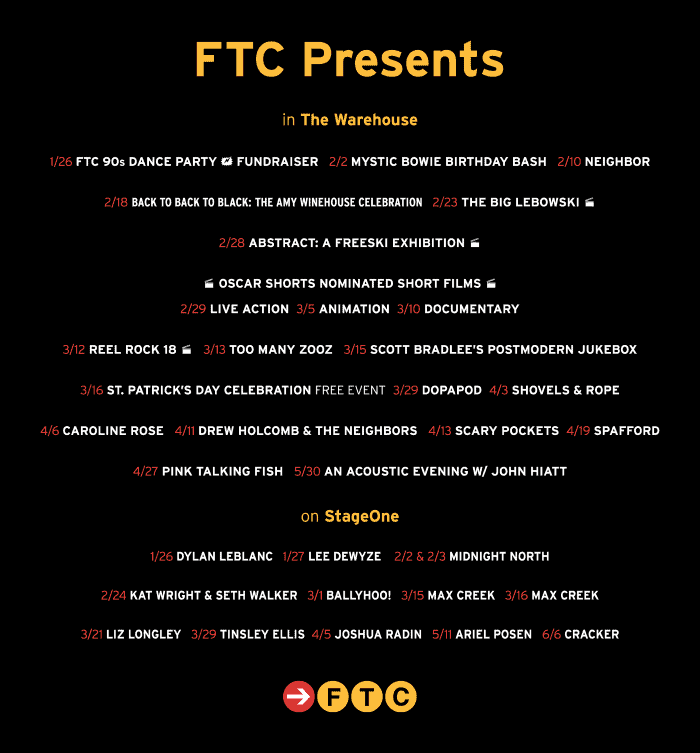With the rising costs of private four-year colleges—some approaching $70,000 a year—now may be the time for more families to consider community colleges. Often overlooked by high school students focused on four-year college options, two-year colleges provide a valuable resource for high school graduates and local residents seeking workforce training or enrichment, as the audience learned at the Larchmont-Mamaroneck Local Summit’s breakfast program on Tuesday, April 19.

Cathryn Quackenbush, coordinator of counseling at Mamaroneck High School, MHS, and Teresita Wisell, vice president and dean of Workforce Development and Community Education at Westchester Community College, WCC, and executive director of the Community College Consortium for Immigrant Education, discussed the roles that two-year colleges play.
Quakenbush shared that on average, 85 percent of MHS seniors attend a four-year college, 8 percent a two-year college, and the remaining 7 percent go on to a variety of alternatives, including international students returning home, while others take a gap year or join the military or workforce. A number of factors enter each student’s decision, including cost.
Quakenbush explained that there are four main “tiers” of schools in terms of costs. At the high end are private four-year institutions, with the combination of tuition, room and board currently pushing $70,000 per year for the most expensive schools. Next are the out-of-state public schools which run around $40,000 per year for non-residents. For New York state residents, SUNY and CUNY schools cost in the low $20,000s each year. While some are made more affordable, few can compete financially with the two-year colleges, which cost around $4,000 per year.
Quakenbush said almost all MHS students opt for applying to WCC. Students often select WCC because it makes sense financially, while others use it as an opportunity to “reset” their academic record in order to gain admission to better four-year colleges or to qualify for scholarships. Quakenbush praised WCC for the opportunity it has provided for many MHS students..
Wisell, who was recently recognized at the White House for her role as a “Champion of Change” for promoting citizenship education in the workplace, described how two-year colleges became popular following World War II, when those returning from the war needed local opportunities to pursue a higher education. With more than 1,100 two-year community colleges across the United States serving 45 percent of the undergraduate population, Wisell firmly believes that community colleges are poised to take on President Barack Obama’s challenge to “respond to the need for post-secondary education for our entire populace.” Thanks to Obama’s efforts, she asserted that community colleges have begun to dispel some of the myths that have stigmatized them as being a “second choice” or a “last resort.”
There are currently more than 12 million individuals nationally “taking advantage of education and training that’s afforded to them through their local community college,” Wisell said. Of these, 7 million students are taking credit courses, which could lead to a one-year certificate or a two-year associate degree, after which students can either transfer to a four-year college or enter the workforce.
Another 5 million students are taking non-credit courses for workforce training purposes or for enrichment. Nationally, 62 percent of two-year college students attend part time, with many working full time in order to continue contributing to their family’s income. Of the students enrolled for credit, 50 percent are Caucasian, and 36 percent of the students are the first generation in their family to attend college.
With just under 14,000 full-time and part-time students enrolled, WCC plays a unique and vital role in Westchester County. WCC’s primary areas of focus include student success, workplace development and community engagement. Beyond ensuring students have access to the school, WCC is concentrating on outcomes—improving graduation rates, increasing opportunities for students to go on to four-year colleges, and helping students successfully enter the workforce.
For those students interested in continuing their education after WCC, the community college has 195 transition agreements in place with four-year schools. Wisell noted that upon successfully completing their associate degree at WCC, students are guaranteed spots as juniors at these schools, which include Lehman College, Manhattanville College, Manhattan College School of Engineering and the Fashion Institute of Technology. New this year, Pace University is offering a $25,000 scholarship to juniors and seniors transferring from WCC.
Beyond its extensive academic and workplace oriented programs, WCC is dedicated to serving the non-English speaking individuals who reside in Westchester County, where 25 percent are foreign-born and 33 percent speak a language other than English in their homes. Wisell explained that WCC has made a deliberate commitment “to help integrate those residents of our county as fully as possible—civically, socially, educationally, economically—and to fill the one gap that we know is the biggest gap that stands between their advancement and their full integration into our community, and that is learning English.”



